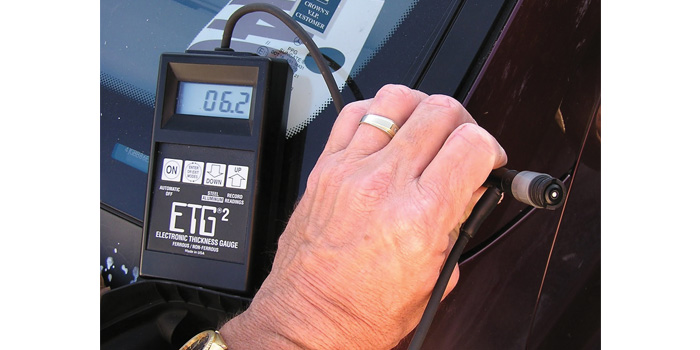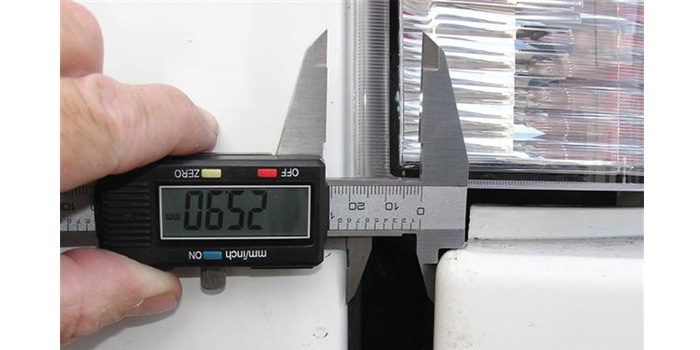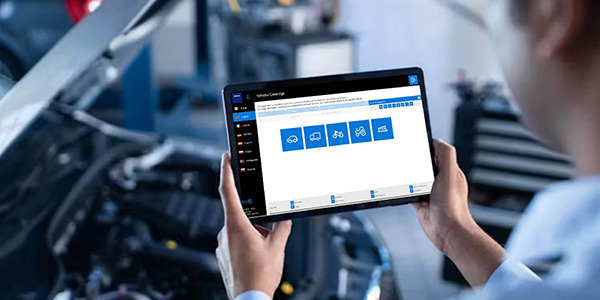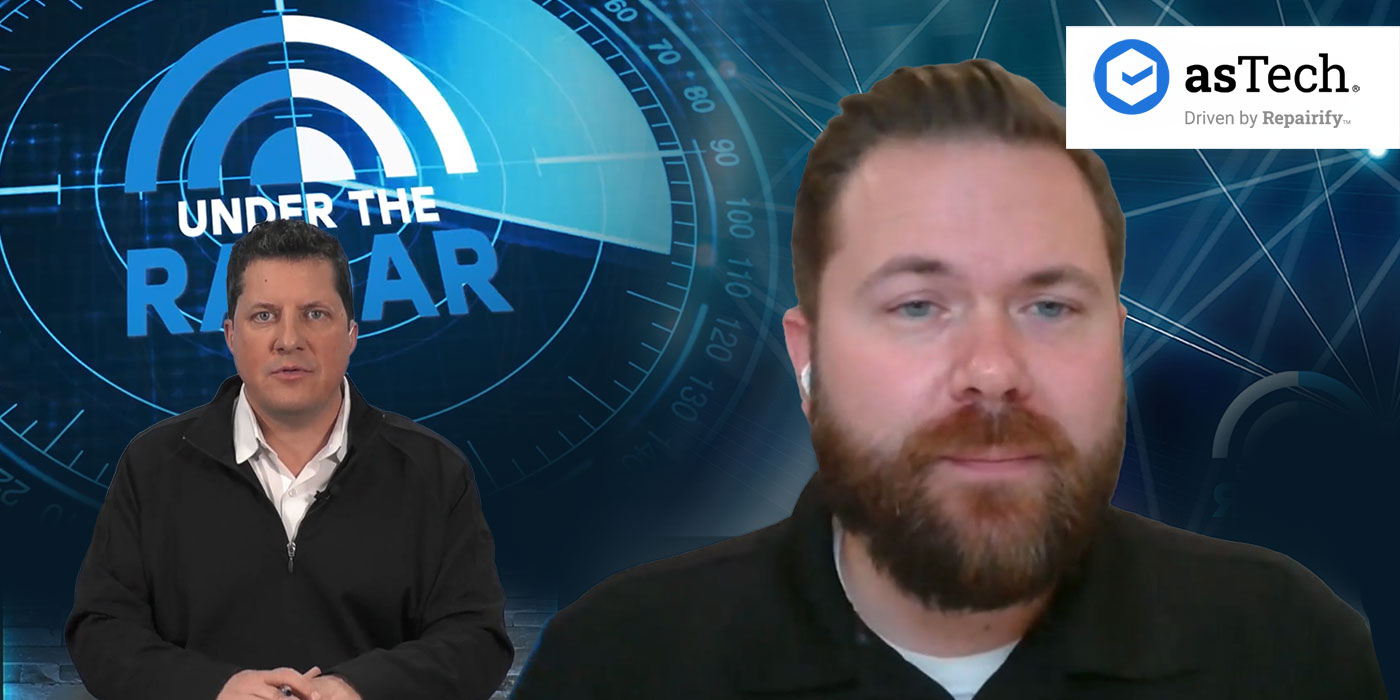
We’re in the process of repairing a late-model SUV with a substantial amount of damage to both its front and rear areas. Our customer has informed us that they’re having a post-repair inspection performed on their vehicle once the repairs are completed. This concerns us as we’ve seen and read where some shops are slammed for minor oversights. What should we look out for, and what can we expect to take place?
It’s likely that your customer is either seeking to make a claim for diminished value to recover any loss in value they may have suffered due to the accident-related damages/repair, or they’re a well-informed consumer who wants to be sure their vehicle has received a proper and thorough repair where the safety, appearance, reliability and performance have been restored.
“The sign of a good repair is no sign at all!” is a slogan I used to use in my collision repair facilities that we still employ today, and it pretty much sets the bar as far as appearance. Of course, a proper and thorough repair today often involves much more.
As post-repair inspectors, Auto Damage Experts (ADE) will generally perform a visual inspection of the performed repair both outside under daylight conditions as well as inside under fluorescent lighting. Also, when applicable, while the vehicle is elevated on a lift with ample lighting to thoroughly inspect the underside.
During our inspection, we review and use the final estimate/invoice as a roadmap of the sustained damages, inspecting the performed repair to verify all necessary repairs were performed and that no remaining damages and/or flaws exist. Where applicable, we also refer to manufacturers’ guidelines and other resources where available (i.e. ALLDATA, I-CAR, etc.) to ascertain the recommended repair methodologies for the specific vehicle and the damages sustained. We also review the damage estimate/billings to ensure processes and appropriate materials have been listed. Examples would be suspension alignment, 3-D measurement, weld-thru primers, pre-repair and post-repair scanning, corrosion protection, cavity waxes, foams, sound deadening materials, road testing, etc. where and when applicable to the specific repair.
We also look for residual repair-related issues such as body work and paint flaws and defects, panel and trim alignment, overlooked body damage (e.g. roof buckles), unaddressed pinch-weld damage (from anchoring), blending of clearcoat (vs. full panel coverage), tape lines, overspray, remaining body/refinish repair residue, paint/material thickness to determine lack of coverage (thin paint) or excessively applied materials, body clips and fasteners, etc. We also look to see the origin of parts and to verify the repair and parts mirror those listed in the final repair estimate/invoice.

What repairers should do is perform each repair in a manner that meets the original manufacturer’s recommendations to the best of their ability in safety, appearance and function.
What repairers should not do is forego proper research as to what is called for in each repair and fail to know and adhere to manufacturer’s specifications. This includes adherence to correct procedures as well as employing quality materials and parts. A repairer undertaking non-compliant processes such as applying non-factory coatings (e.g. undercoating) to the underside of a repaired vehicle is often a dead giveaway of remaining issues in need of further review and inspection and oftentimes may lead to costly corrective re-repairs.
A quality repairer who makes every effort to provide a quality and thorough repair should welcome a post-repair inspection simply because the repairer has much to gain. Many shop owners have found post-repair inspections extremely beneficial in improving their in-house quality control systems as well as enhancing their reputation and profitability while avoiding unnecessary liabilities.
While I cannot speak for all post-repair inspectors, I can state that ADE exists to help lift the collision industry to new levels of quality and thoroughness as well as increased profitability and/or accountability for the collision repair industry, the insurance industry and the consumers they both serve. As one will find on ADE’s Facebook page (www.facebook/autodamageexperts/ref=hl), we only recognize repairers by name if and when they’re found doing good. While we do share horror stories, we do not mention the repairers’ names as our intent is to help them improve, not to embarrass or shame them.
Each time we perform a post-repair inspection, we’re seeking the perfect repair. And, when found, we reward the repairer with either a “Certificate of Extraordinary Repair” or “Proper Repair” that they can proudly exhibit in their customer waiting area. ADE also provides a copy to the vehicle owner. This often provides peace of mind for the concerned vehicle owner.
Finally, “Write it right, repair it right and you and your customer will be alright!” One should look at a post-repair inspection as an opportunity to learn what your company is doing right and where it may improve its operation and offerings.













